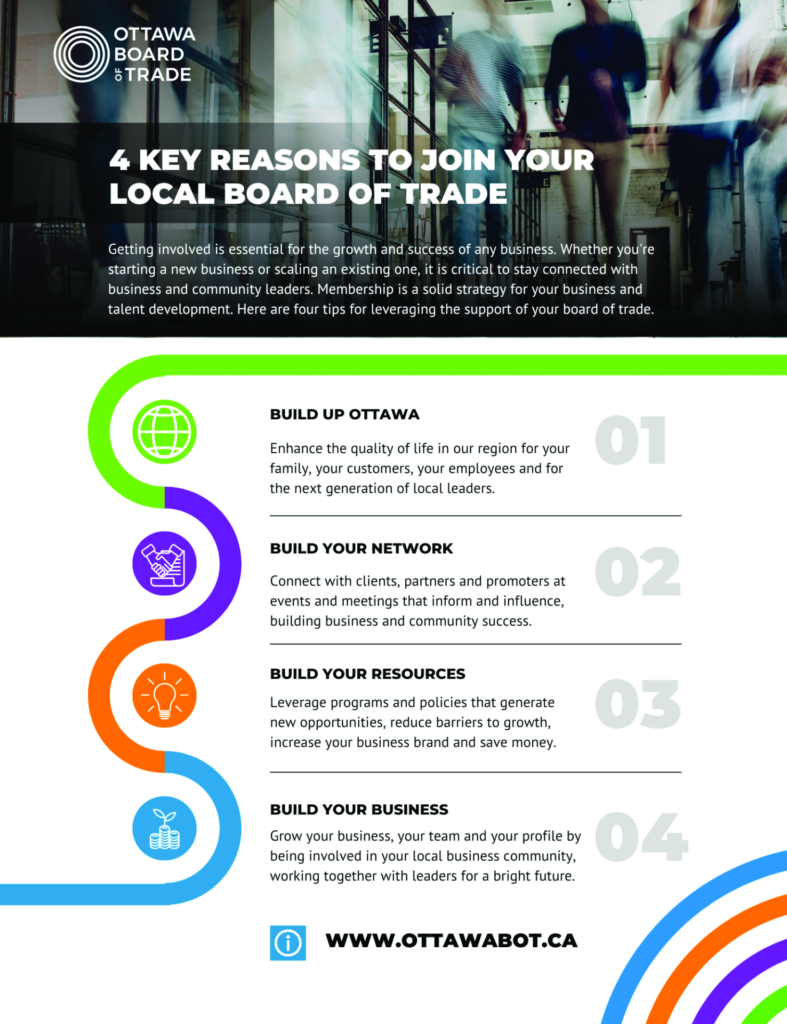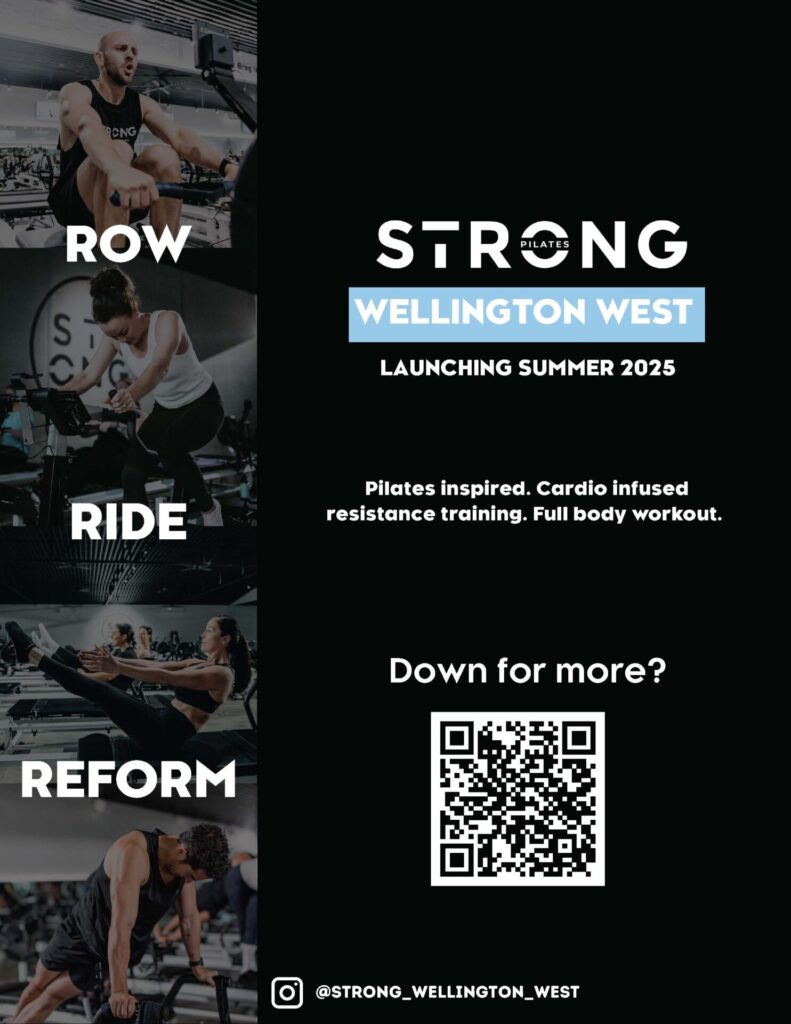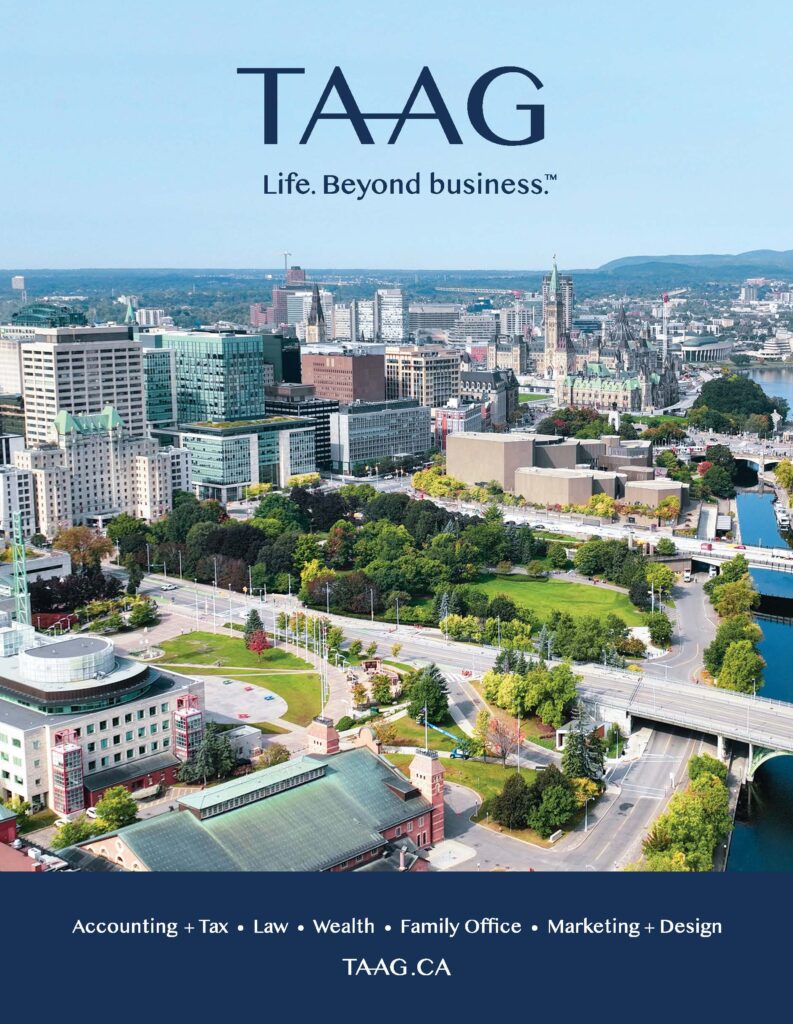A diverse plan to create a diverse (and inclusive) workplace

Like all forward-looking companies, Hydro Ottawa appreciates the many advantages that come with a diverse and inclusive workplace. That’s why they put as much energy into their diversity plan as they deliver to their customers.
“It just makes sense,” says Lyne Parent-Garvey, the company’s Chief Human Resources Officer. “We’re a service-oriented company. It’s important that our workforce is representative of the people we serve. That enables us to understand our customers better. And that, in turn, allows us to serve them better.”
Ensuring a diverse and inclusive workplace at Hydro Ottawa was the primary goal in the company’s decision to adopt a three-year diversity plan in 2014. And, on the surface at least, the focus of the 2014-16 Diversity Plan was similar to initiatives at other companies – targeting minorities and those groups that are traditionally under-represented or shut out of the workplace. But Hydro Ottawa went beyond simply promoting diversity in the workplace – it decided to inject a bit of diversity into its plan as well.
“Rather than establish benchmarks – in other words, set specific hiring goals,” says Parent-Garvey, “we felt it would be wiser to focus on awareness, at least initially. We emphasized training, and making sure that our policies and priorities were up to date and in line with our objectives.”
Hydro Ottawa’s most recent plan – the 2017-20 Diversity and Inclusion Plan – picks up where the previous plan left off. Again, it sets no specific goals, focusing instead on changing behaviours. “We sought to remove barriers and ways in which we might encourage our employees to understand and deal with any unconscious biases they might have,” she says.
The 2017-20 plan is similar to the initial plan is that it includes a diversity and inclusion council. That council features a sub committee dedicated to each group identified in the plan (women, visible minorities, members of the LGBTQ community, person with disabilities). Each sub-committee is headed by an executive sponsor.
In keeping with Hydro Ottawa’s decision to take a somewhat diverse approach to diversity, the women’s sub-committee is headed by a man. “That’s not an accident,” says Lyne. “He has a great deal of experience in promoting and hiring women. It was the right fit and it’s worked out exceptionally well.”
In 2021, when it comes time for Hydro Ottawa to adopt its third diversity and inclusion plan – and Lyne is confident that the company will continue its efforts to build a diverse and inclusive culture and workplace – Hydro Ottawa may decide it’s time to set some specific goals. But they’ll do it knowing that many of its goals have already been achieved.
“In terms of women alone, we’ve accomplished a great deal,” says Lyne. “Half of our board members are women, 38 per cent of our executive management team are women, and 36 per cent of our managers are women.”
Clearly, Hydro Ottawa’s diverse (and inclusive) approach to diversity and inclusion is working.






















